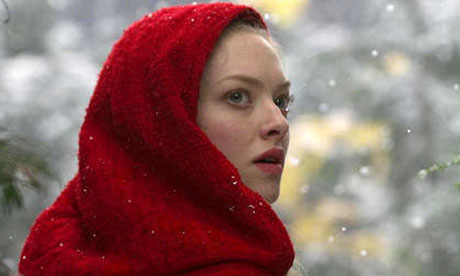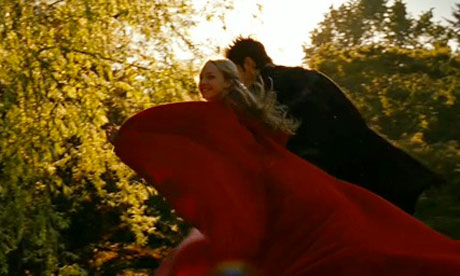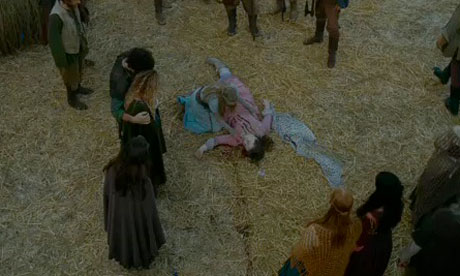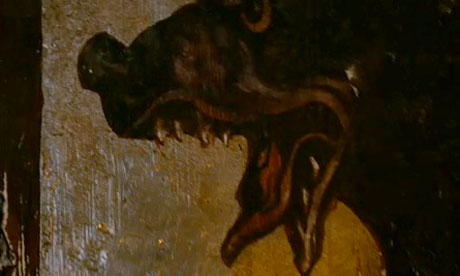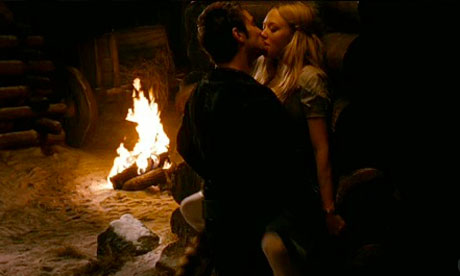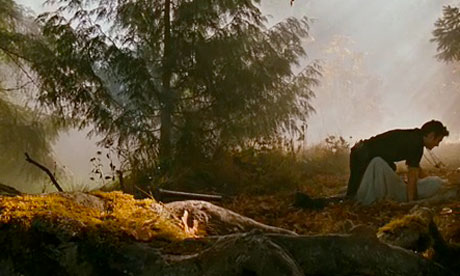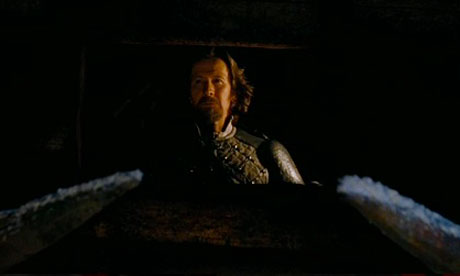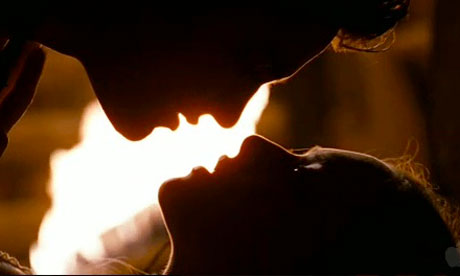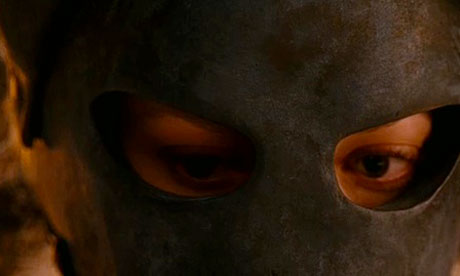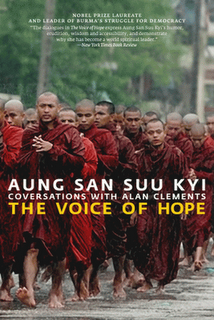Death of a tusker

Enraged by human invasion into their habitats, infuriated by the constant threat of being relocated into an area they are not familiar with and exasperated by the increased difficulty in finding sufficient food, the magnificent elephant population in the country has waged war with the humans.
The latest episode in this long-drawn-out war is the tragic death of another majestic tusker – a breed of elephants that is slowly being pushed towards extinction.
With a pair of five-foot long magnificent tusks, the Migalewa Tusker was a sight to behold. The sight of this animal, incensed beyond control by the village that was closing in on him, was enough to drive mortal fear into those who crossed his path.
That was before it met with its tragic end.
Known to be one of the biggest elephant bulls that roamed the Galgamuwa area in the Kurunegala District, the magnificent tusker wrought havoc in the villages of Galgamuwa, Migalewa and
Ulpathagama, which resulted in the death of a woman, before being captured by the officers of the Department of Wildlife Conservation, with the intention of transporting it to a ‘safer’ location.
Following a struggle that lasted a few hours, the tusker was sedated and captured.
It was being taken to a sanctuary when the floorboards of the lorry that was transporting the animal gave way making a gap in the planks. The trapped beast had one of its legs stuck in the gap.
According to Wildlife Department’s Deputy Director (Veterinary), Dr Tharaka Prasad, the elephant died of respiratory difficulties. When the floorboard gave way under his sheer size, his chest was pinned against the floorboards. The elephant died of suffocation.
There are many theories as to how this had happened. Some suggest that the vehicle was not fitting to transport an elephant that was in its prime and that the Wildlife Department should have deployed some other method to transport the animal.

“Anybody can criticise the method of transport. If they think that it was flawed, I would like to ask them what is the correct method? That was the method I know. I’m open for anybody’s suggestions,” Dr. Prasad said.
The incident took place when the lorry reached Thambuttegama area. When Dr Prasad visited the scene the tusker was semi-conscious. Although they were able to revive the animal, to release it to the Siyambalagamuwa forest, they were not able to lift the animal off the lorry due to its sheer size. Despite the effort of many who gathered at the scene, the Migalewa Tusker succumbed to death.
“If we take it as an isolated incident, this is an unfortunate and tragic accident. Despite their best intentions, the Wildlife Department is lacking resources to transport an elephant in its prime. I wouldn’t want to call it a deliberate incident, it was purely an accident,” environmental lobbyist Jagath Gunawardena said.
Among Asian elephants tuskers are extremely rare. There are many who express the idea that had this been an elephant without tusks, this event would not have received such public attention.

Then again, the death of a tusker in its prime is a tragedy to be mourned.
“When we take our elephant population, only 6% has the genetic make-up to grow tusks. So, when a tusker dies before its time, it is a great loss to the genetic pool that reproduces tuskers. That is one of the reasons why we should try to protect tuskers,” Gunawardena added.
Over the years, we lost a number of magnificent tuskers that roamed our fast-diminishing jungles: Dalaputtuwa, Ravana and Kublai Khan being only a few of them. The first two were senselessly shot to death by poachers and the latter died due to natural causes.
The so-called human-elephant conflict is only one manifestation of widespread environmental destruction and degradation. It is a direct result of the habitat loss that threatens the entire ecosystem.
Wild elephant populations need vast areas over which to range. An average elephant spends up to 20 hours a day eating 150-170kg of jungle fodder. When the jungles areas decrease, inevitably, elephants come into clashes with humans.
“In the years to come, the problem of habitat loss is going to increase. This is going to affect not only the elephants, but the entire ecosystem per se. Therefore, we need to look at this problem from an ecological point of view. Trying to tackle the human-elephant conflict as an isolated issue is not going to solve any problem,” Gunawardena opined.
He also said that the so-called environmental experts only try to evolve patch-up solutions to the elephant problem, but they are not willing to look at the larger problem.
There is also a view that the elephant population in the country has increased over the years, making it difficult for the jungles to sustain the number of elephants roaming inside them.
Lawyer Gunawardena dismissed this idea and said, “What has happened is not that the elephant population has increased. Only the jungle areas have shrunk due to human encroachment.”
Human-elephant conflict is accentuated by the sheer size of the animal and the extent of destruction it can cause to humans lives, residences and cultivations. However, incidents of other jungle animals crossing path with humans are not uncommon.
A number of recorded snakebites has increased over the years and this is seen as a direct result of habitat loss of some of the highly poisonous snakes in the country. And this is only one example.
“When the jungles shrink, it is only expected that elephants reach villages to find food. And when the intruder is a tusker there are other motivations for some people to capture the beast. It is with much regret that I say that politicians protect the poachers who kill elephants for their tusks,” Gunawardena lamented.
He added that it is a miracle that Migalewa Tusker survived this long with tusks as long as five feet. And he applauded the effort of the Wildlife Department in protecting the tusker up to his death.
“The elephant was anyway doomed. If it was allowed to remain in the area, the villagers would have killed him. It is to prevent this tragedy that the department tried to relocate him. What ensued was an accident, a tragic accident. Many people try to portray it as wilful negligence, but I say it is not negligence,” he said.
However, the success in relocating elephants as a solution to the conflict is debatable. This greatly reduces their chance of survival. It was only a few months ago that an elephant which was ‘relocated’ to a ‘safer’ location decided to leave its new home and almost drowned in the sea.
The fondly-known ‘brigadier’ – before it met its death after falling into an agrarian well a few weeks ago – walked into the sea off Sampur mistaking it for a wewa (tank).

The fate of Wigalawe Tusker is indeed tragic. Perhaps the Wildlife Department should have been more careful, perhaps they should have tried to seek a more stable vehicle, perhaps they should have checked on the animal every few minutes. But there is no point debating about these matters, now that the animal is dead.
However, another environment source, on condition of anonymity said the animal was transferred in a hurried manner due to political pressure. “There was a lot of pressure to remove this elephant from the area. A certain politician from the area was twisting the arms of the Wildlife Department. They had to do this. And they did it hurriedly to the best of their abilities. The politician wanted to please the people in the area,” the source added.
What needs to be done is to ensure that there is no repetition of the incident and to take measures that would ease the human-elephant conflict in the long run, by implementing an all-encompassing environmental conservation policy.
Courtesy - The Nation - By Vindya Amaranayake

 A petition, seeking an order to ensure the removal of all the obstacles that cause water to stagnate in the Western province, mainly in the Colombo city was submitted to the Western Provincial High Court today.
A petition, seeking an order to ensure the removal of all the obstacles that cause water to stagnate in the Western province, mainly in the Colombo city was submitted to the Western Provincial High Court today. Among more than 250,000 confidential US diplomatic cables, a portion of which was released by the WikiLeaks on Sunday, more than 3000 documents are related to Sri Lanka.
Among more than 250,000 confidential US diplomatic cables, a portion of which was released by the WikiLeaks on Sunday, more than 3000 documents are related to Sri Lanka.






 “Anybody can criticise the method of transport. If they think that it was flawed, I would like to ask them what is the correct method? That was the method I know. I’m open for anybody’s suggestions,” Dr. Prasad said.
“Anybody can criticise the method of transport. If they think that it was flawed, I would like to ask them what is the correct method? That was the method I know. I’m open for anybody’s suggestions,” Dr. Prasad said.
 The fate of Wigalawe Tusker is indeed tragic. Perhaps the Wildlife Department should have been more careful, perhaps they should have tried to seek a more stable vehicle, perhaps they should have checked on the animal every few minutes. But there is no point debating about these matters, now that the animal is dead.
The fate of Wigalawe Tusker is indeed tragic. Perhaps the Wildlife Department should have been more careful, perhaps they should have tried to seek a more stable vehicle, perhaps they should have checked on the animal every few minutes. But there is no point debating about these matters, now that the animal is dead.





 London: Google has agreed to delete all personal data collected by its Street View cars from unsecured wireless networks.
London: Google has agreed to delete all personal data collected by its Street View cars from unsecured wireless networks. 
